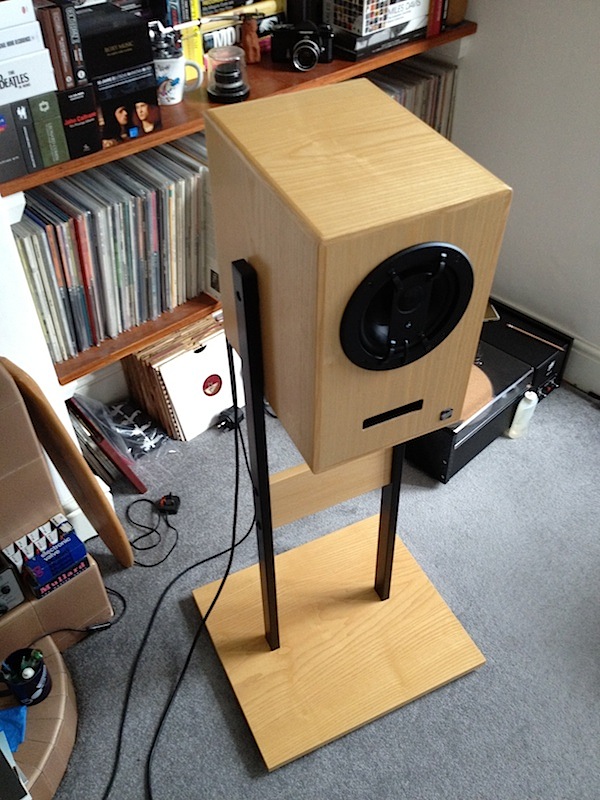FWIW I agree mass doesn’t damp, which is why I’m baffled that so many speaker and turntable manufacturers produce such absurdly high-mass products (Wilson, Focal, Sonus Fabre etc, plus countless enormous belt-drive decks etc). Rega are a fascinating outlier here, one of very few applying genuinely original thought to my eyes. Everything else is pretty much a consensus of high-mass and maybe wood-clad MDF aside from the far more traditional/retro/revival designs based on heavily state-funded BBC cabinet research from the 60s and 70s (plus the likes of Klipsch who have many of their classic ‘40s-60s designs in production). The pro-audio market is far more interesting IMO with injection-moulded metal or composite cabs etc. There is some original thought there, and much has nothing to do with throwing ever more mass at stuff.


